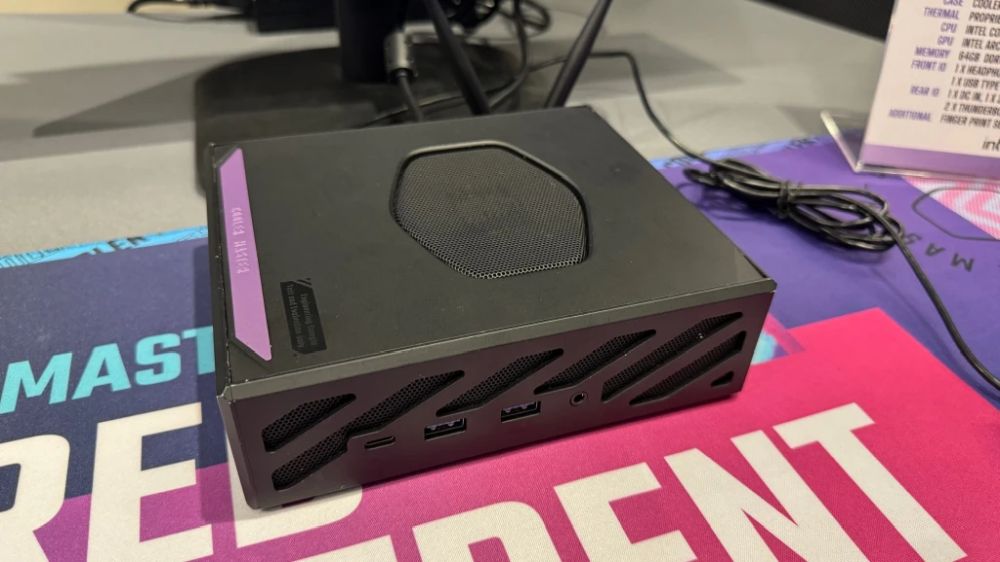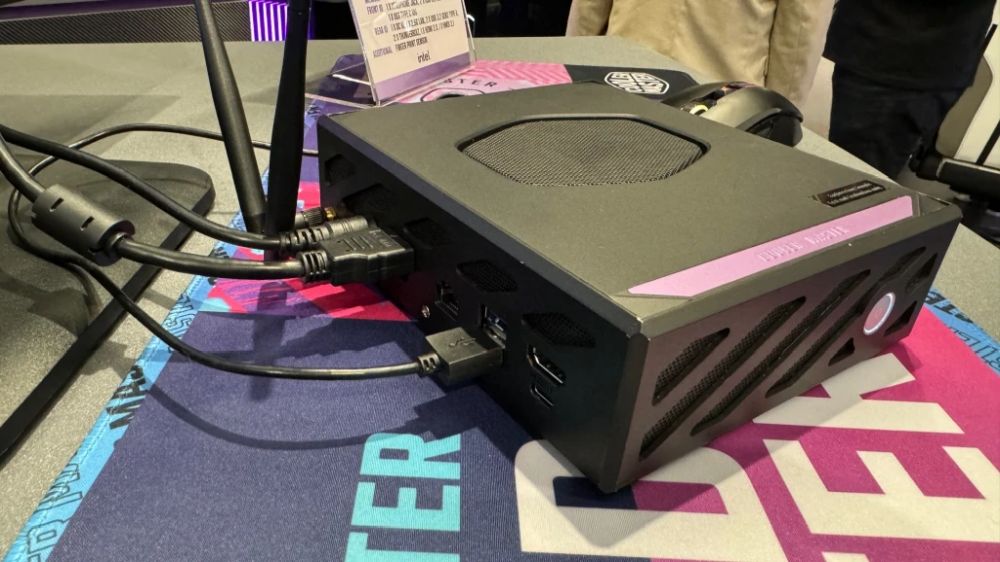ARM’s aspiration to capture 50 percent of the PC market is optimistic

Took AMD seven years of Zen to get 20 - 25 percent of laptop
ARM's CEO, Rene Haas, is extremely optimistic, claiming that ARM will capture 50 percent of the PC market share within five years. It has been five years since ARM introduced the Cortex X1, which, apart from the Qualcomm 8CX Gen 3, has not made a significant impact on the market.
ARM’s journey towards competing with PCs started in late 2017 with the Snapdragon 835, a CPU made for phones that was able to run Windows in a fanless, always-connected PC.
In 2018, ARM compared its performance increase to the Hercules Cortex X1, which was supposed to outperform the Core i5 Cascade Lake 10th generation core, but it didn't. The only Cortex X1-based PC ever shipped available in Q1 2022 was the Snapdragon 8CX Gen 3. There is a loud rumor about exclusivity that might be preventing others from entering the Windows on PC battle, at least for the next few quarters.
The Snapdragon X Elite is expected to increase ARM's market share, and excitement is certainly high as it brings a new dynamic to the market. It has always been up to Microsoft to create a decent ARM-based OS and up to hardware manufacturers to produce high-performance parts. Still, ARM and Qualcomm are not exactly in harmony these days as ARM believes it can do well with its own Cortex roadmap while Qualcomm believes that Nuvia based core inside Snapdragon Elite is the way forward.
History lesson
It took AMD seven years to achieve a market share of over 30 percent in the data center market, despite their initial hope of achieving this within two years. AMD's market share in the notebook market peaked at 24 percent in Q2 2022 and then dropped to 19.3 percent in Q1 2024, due to data center wafer prioritization.
AMD’s last few mobile generations are quite competitive and good, and the AMD 8040 Hawk Point is a highly competitive product, but it was just hard to find. Bringing a product to market and winning new and significant design slots is challenging.
AMD's success is largely due to the fact that Intel was stuck at 14nm and unable to move to 10nm and below. The reality in the market today is different. Intel shipped 8 million Intel 4 chips and promises to deliver 40 million more AIPCs before the end of the year. Lunar Lake, based on 3nm N3B, is announced to be shipping in Q3 2024, and it is the first PC manufacturer to move to 3nm after Apple.
Furthermore, it appears that Intel is on track with its Intel 20A and 18A, and Lunar Lake looks like the greatest revamp in the history of mobile PC processors.
Let’s come back in 2029 and see how this aged.














